In recent years, resistance bands have gone from being a hidden gem in physical therapy clinics to a staple in home gyms, professional training environments, and even elite athletic programs. Compact, affordable, and deceptively simple, these stretchy pieces of equipment are often underestimated. However, resistance bands are remarkably versatile and effective tools that can be used for strength training, mobility work, injury rehabilitation, and more.
This article explores the many benefits and uses of resistance bands, offering a comprehensive understanding of why they deserve a spot in your fitness routine—whether you're a beginner, an athlete, or somewhere in between.
What Are Resistance Bands?
Resistance bands are elastic tools used to create resistance during exercise. Typically made from latex, rubber, or a fabric-latex blend, these bands are available in various shapes and levels of resistance. The most common types include:
- Loop Bands: Circular bands used around legs or arms
- Tube Bands: Bands with handles for strength training
- Therapy Bands: Flat, wide bands used in rehabilitation
- Figure-8 Bands: Shaped like an "8" with handles on both ends
Each type serves different purposes, and the material also affects elasticity, durability, and comfort. Resistance levels range from light to heavy, allowing users to scale the intensity of their workouts.
Benefits of Using Resistance Bands
Versatility
Resistance bands can target every major muscle group. Whether you're doing bicep curls, glute bridges, or chest presses, there's a band for that. They allow for a wide range of motion and can be used in standing, seated, or lying positions.
Portability
Unlike weights or machines, resistance bands are incredibly portable. You can toss them into a gym bag, suitcase, or even a purse. This makes them ideal for people who travel often or those who prefer home workouts.
Joint-Friendly and Low Impact
Because bands offer smooth, variable resistance, they're gentle on the joints. They are often used in rehabilitation settings to help people recover from injury or surgery. The controlled resistance reduces the risk of joint strain, making them safe for older adults as well.
Progressive Overload
You can easily increase resistance by switching to a heavier band or adjusting your hand/foot placement. This makes it possible to apply progressive overload—a key principle in muscle growth—without traditional weights.
Improved Muscle Activation
Bands provide constant tension throughout the movement, enhancing muscle engagement. For example, during squats with a resistance band around the thighs, the glutes and hip abductors must work harder to maintain form.
Who Can Benefit from Resistance Bands?
- Beginners: Easy to use and less intimidating than heavy weights.
- Travelers: Perfect for on-the-go workouts.
- Seniors: Low-impact strength training and balance improvement.
- Athletes: For warm-ups, mobility work, and supplemental training.
- Injured Individuals: Gentle resistance helps in rehabilitation and recovery.
How Resistance Bands Are Used in Workouts
Strength Training
Bands can mimic nearly every weightlifting exercise:
- Squats: Add a band around your thighs or shoulders
- Deadlifts: Use a heavy band underfoot
- Presses: Overhead or chest presses with bands and handles
- Rows: Anchor a band to a door for seated or standing rows
Mobility and Flexibility
Bands are excellent for improving range of motion. Loop or therapy bands can assist in stretching hamstrings, shoulders, and hips, making them a favorite tool in yoga and physical therapy.
Rehabilitation and Physical Therapy
Bands provide safe, controlled resistance, which is crucial when recovering from an injury. Therapists often use them to rebuild muscle without overloading the joints or tendons.
Warm-Up and Activation
A quick band session can wake up your muscles before heavier lifts. Exercises like glute bridges with bands or lateral band walks are perfect for activation.
Yoga and Pilates Enhancements
Resistance bands can deepen poses and add challenge to core movements. They help maintain alignment and create muscle tension throughout slow, controlled movements.
Comparing Resistance Bands to Free Weights
Pros of Resistance Bands:
- Lightweight and portable
- Safer for joints
- Constant tension increases muscle engagement
- Versatile and easy to store
Cons of Resistance Bands:
- Harder to measure exact resistance
- Less effective for maximum strength or hypertrophy
- May degrade over time
Common Myths About Resistance Bands
"They're only for beginners."
False. Resistance bands can challenge even the most advanced athletes, especially when used for eccentric training or high-rep routines.
"You can't build real muscle with bands."
Also false. While they may not replace heavy barbells for max strength, bands can absolutely stimulate hypertrophy, particularly when used with slow tempo and high tension.
"They don't offer enough resistance."
With the right technique, bands can be incredibly challenging. Some heavy-duty bands offer resistance exceeding 100 lbs.
Tips for Getting the Most Out of Resistance Bands
- Choose the Right Resistance: Start light and work your way up.
- Maintain Tension: Avoid letting the band go slack.
- Combine with Other Tools: Use bands with dumbbells or machines for added difficulty.
- Practice Proper Form: Bands can force you to stabilize more—use that to your advantage.
- Store Them Properly: Keep them out of direct sunlight and away from sharp objects.
Conclusion
Resistance bands are more than just beginner tools or rehab aids. They are powerful, flexible instruments that can enhance almost any fitness routine. From building muscle and increasing flexibility to supporting recovery and preventing injury, the benefits are extensive.
Whether you're short on space, traveling, or just looking for a new way to challenge your body, resistance bands are a smart and effective choice. With the right approach, they can take your training to the next level—no heavy equipment required.
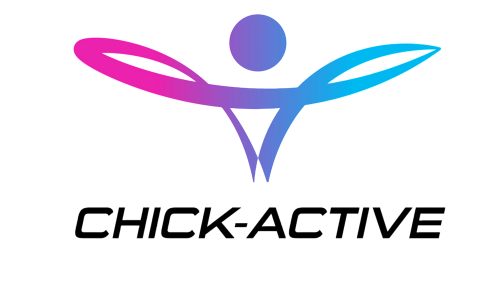
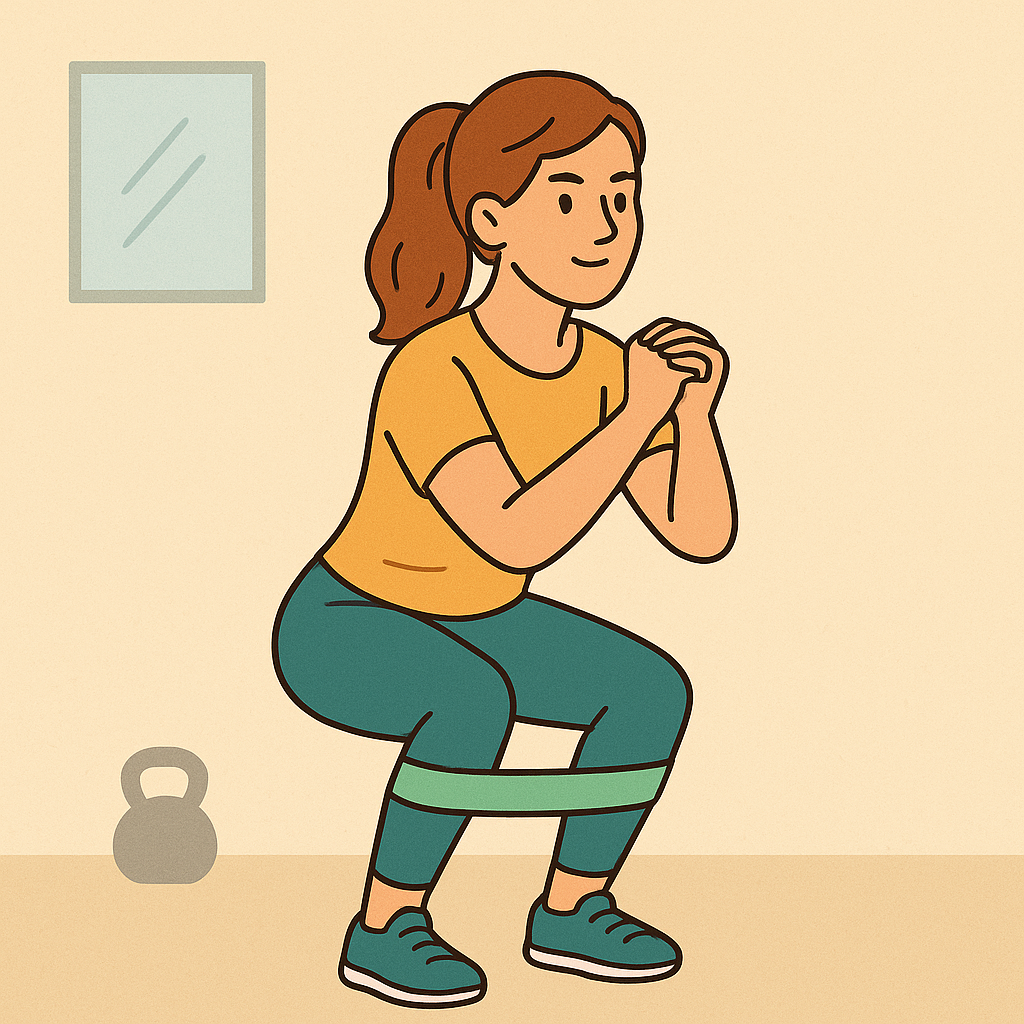
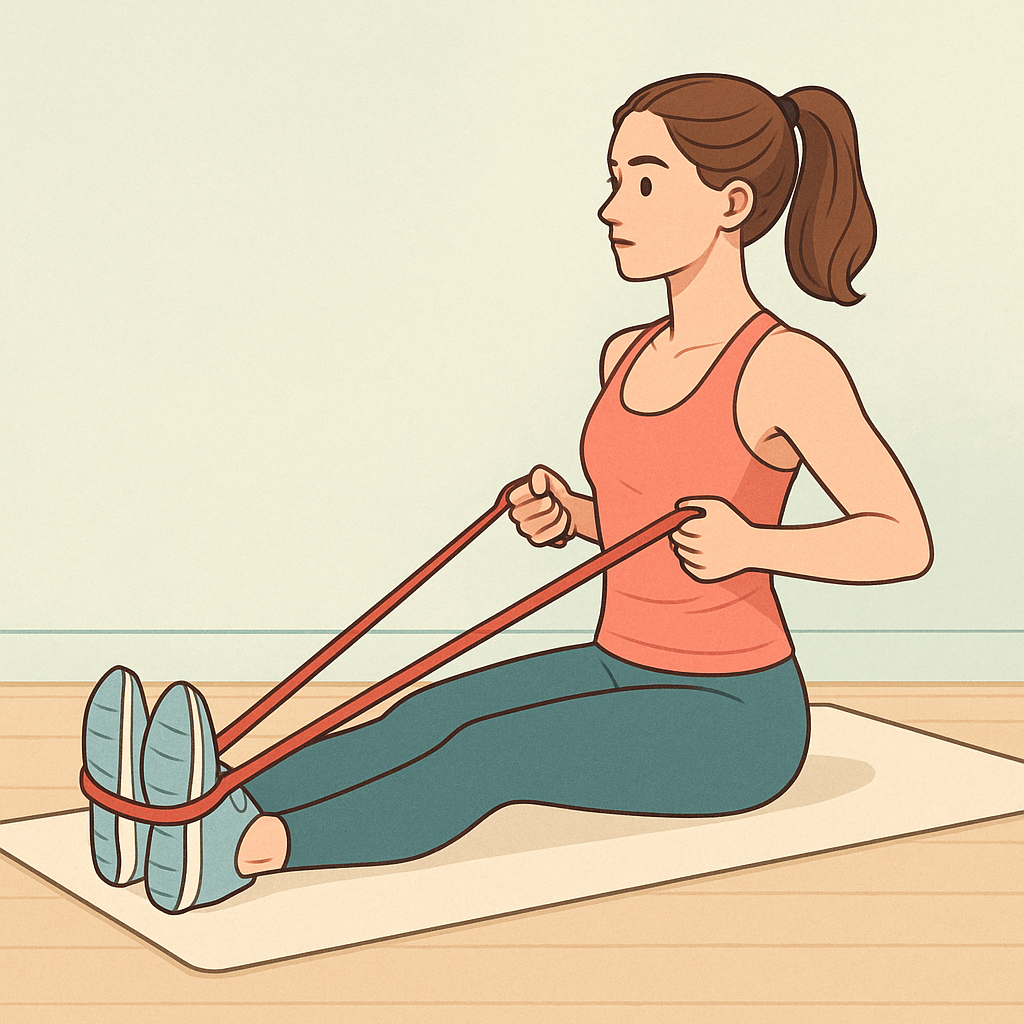



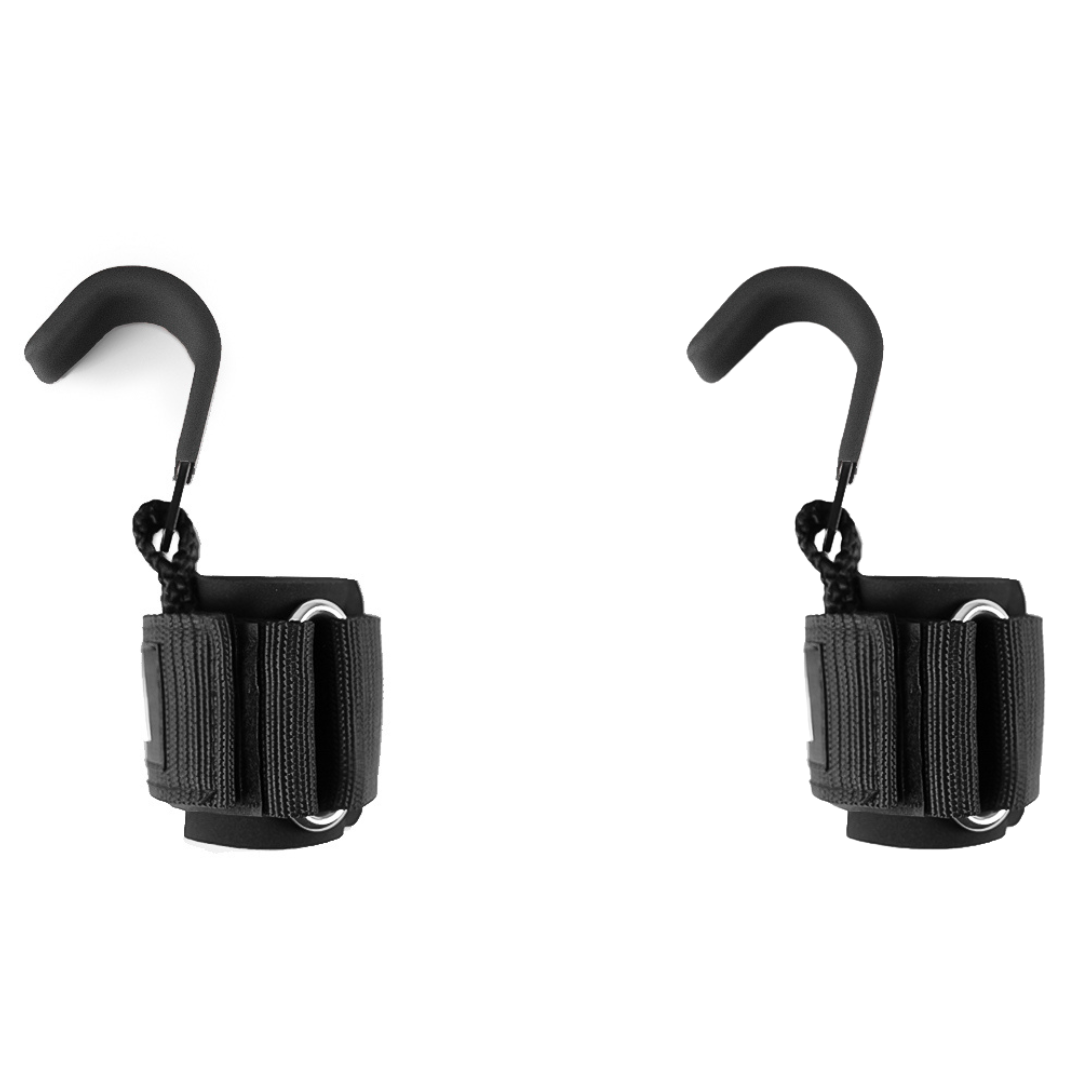

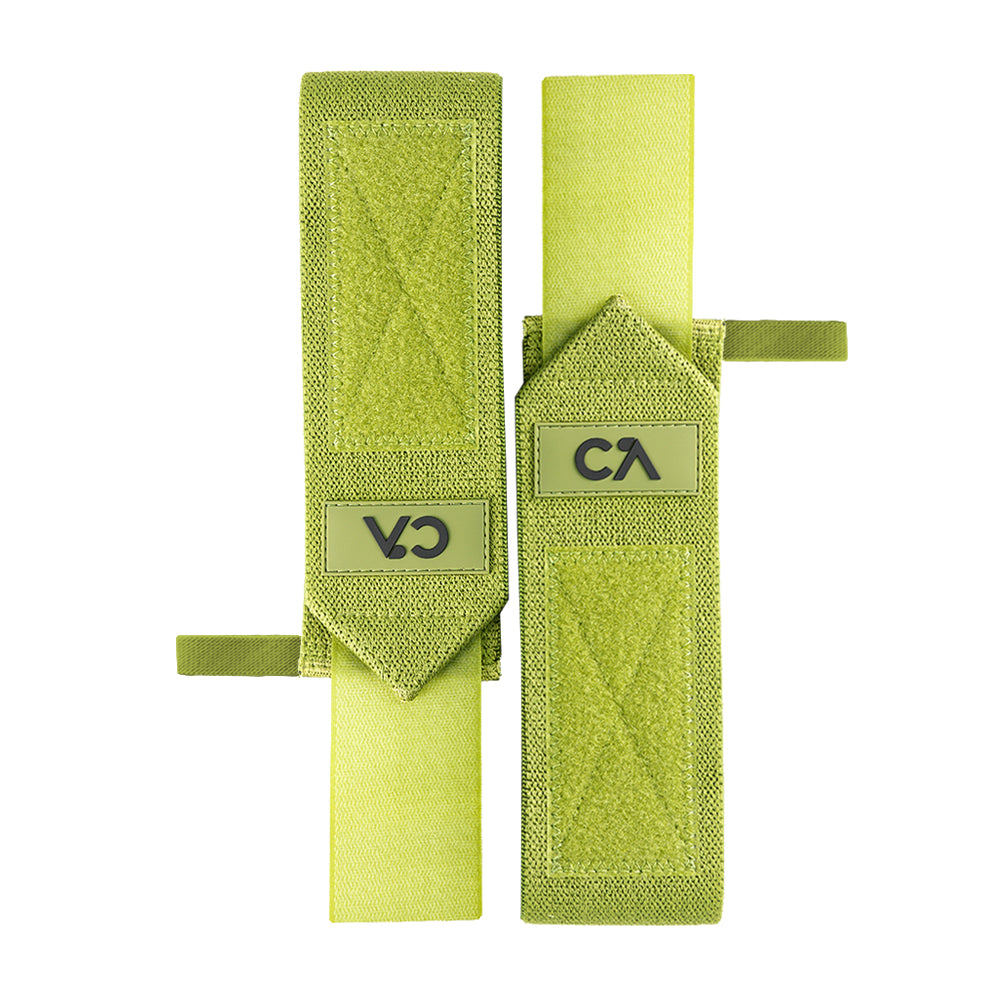
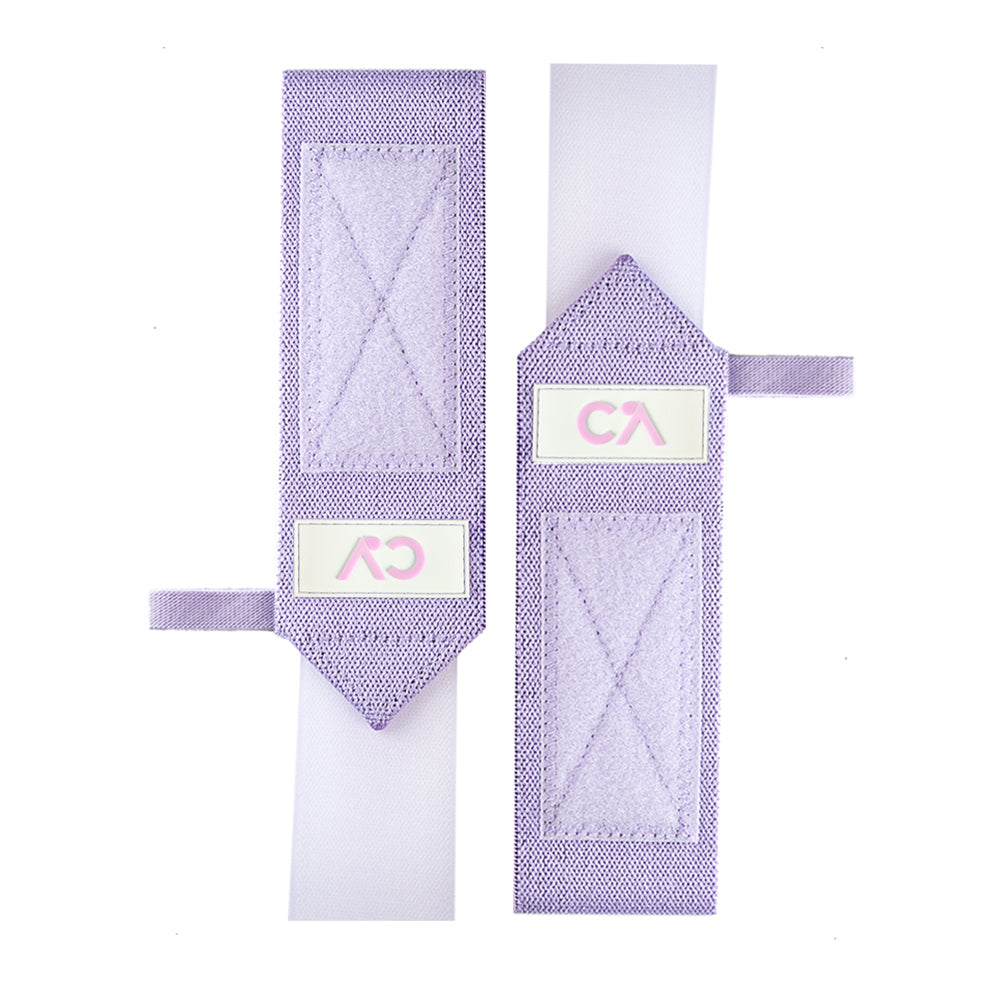
Leave a comment
All comments are moderated before being published.
This site is protected by hCaptcha and the hCaptcha Privacy Policy and Terms of Service apply.